In construction, mining, and many other industries, separating mud from stones is crucial. Mud and stone separators boost efficiency, cut costs, and ensure product quality. But how do these machines operate? Understanding their principles reveals their importance and versatility.
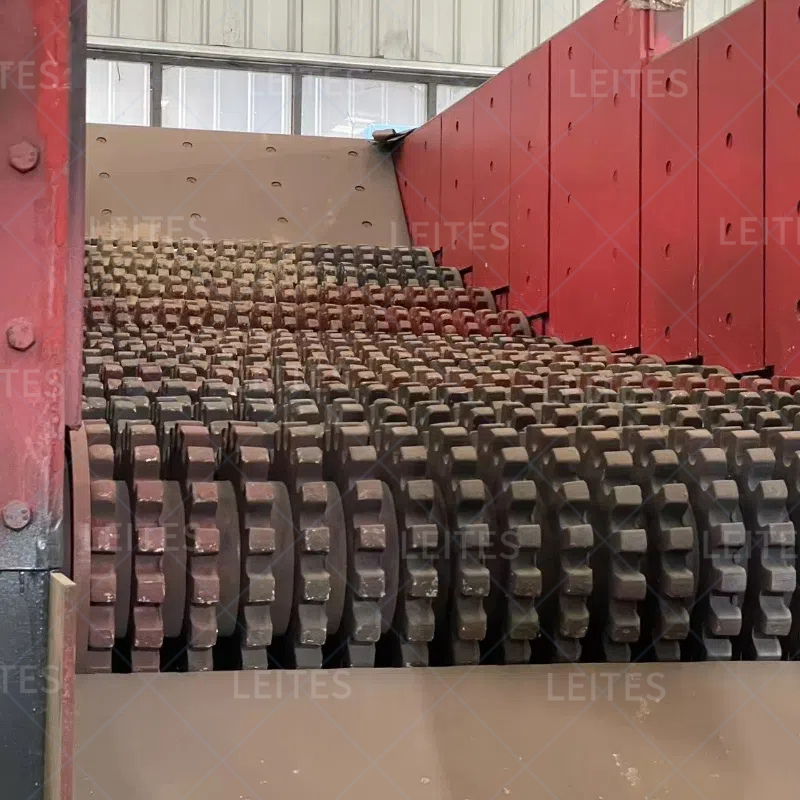
At its core, a mud and stone separator uses physical differences—size, density, and shape—to separate materials. The key principles are screening and gravity – based separation, applied in various separator types.
Vibrating screen separators are common.
They have a screen deck, a vibration exciter, a support structure, and a feeding device. When running, the exciter creates vibration, which reaches the screen deck. The feeding device sends the mud – stone mixture onto the vibrating deck. Stones, being larger and denser, move on the screen due to vibration and gravity. Smaller particles, like fine mud and tiny stones, fall through the screen holes. Stones stay on the deck and go to the stone discharge port, while mud and fine particles head to the mud discharge port. We can adjust vibration intensity and frequency for different mixtures to get the best separation.
Drum – type separators feature a perforated, slightly – inclined rotating drum. When it spins, workers feed the mud – stone mixture into the higher end. As the drum rotates, stones roll inside. Gravity and centrifugal force separate smaller mud particles and fine stones from larger ones. Small particles pass through drum holes and collect below as mud – rich material. Larger stones move down the incline and exit as the stone – rich product. Adjusting the drum’s rotation speed controls separation efficiency.
Some advanced separators also use hydrocyclone technology.
First, mix mud and stones with water to form a slurry. Then, pump the slurry into a conical hydrocyclone. Inside, high – speed rotation generates strong centrifugal force. Denser stones move to the outer wall and exit from the underflow port as heavy – phase product. Lighter mud and fine particles gather in the center and flow out from the overflow port as light – phase product. This method excels at separating fine – grained mud and small stones with high precision.
In short, mud and stone separators combine mechanical screening, gravity – based separation, and sometimes centrifugal – force separation. With diverse structures and principles, they suit different mud – stone mixtures across industries. Understanding their workings helps us value their role in modern production and find ways to enhance their performance.

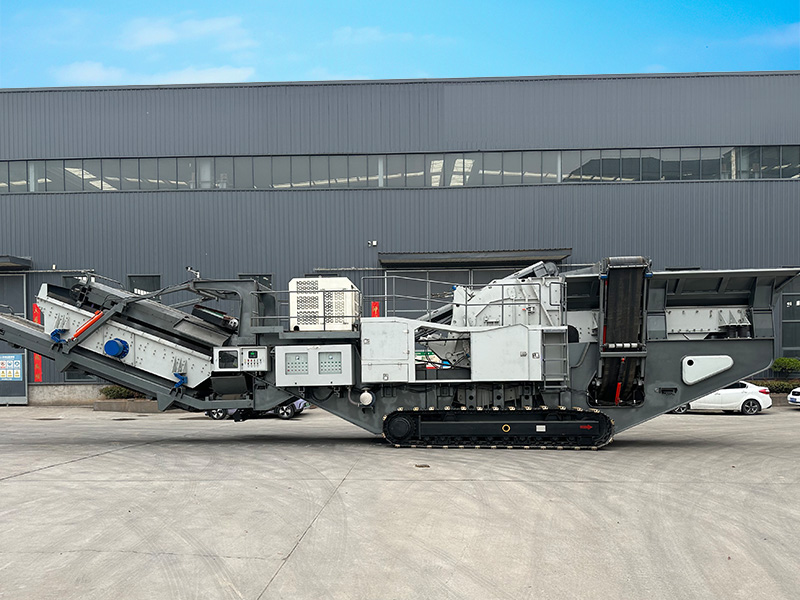
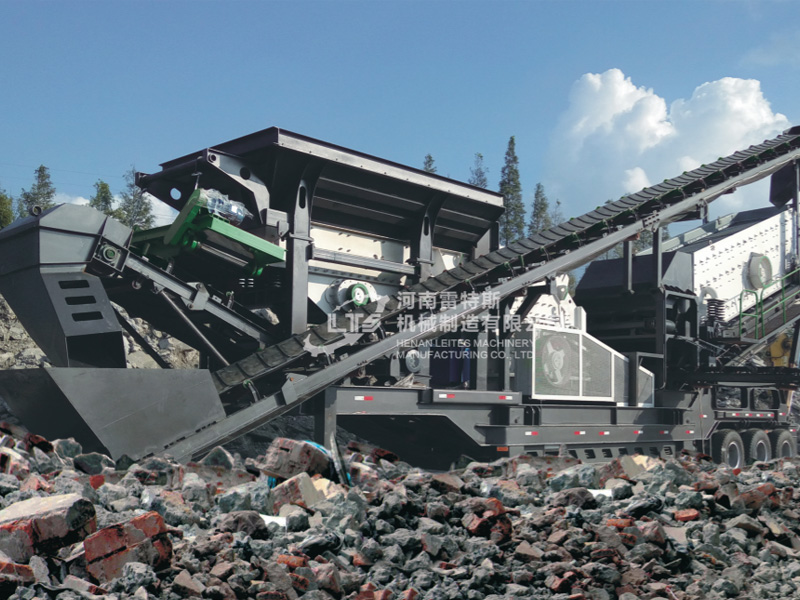
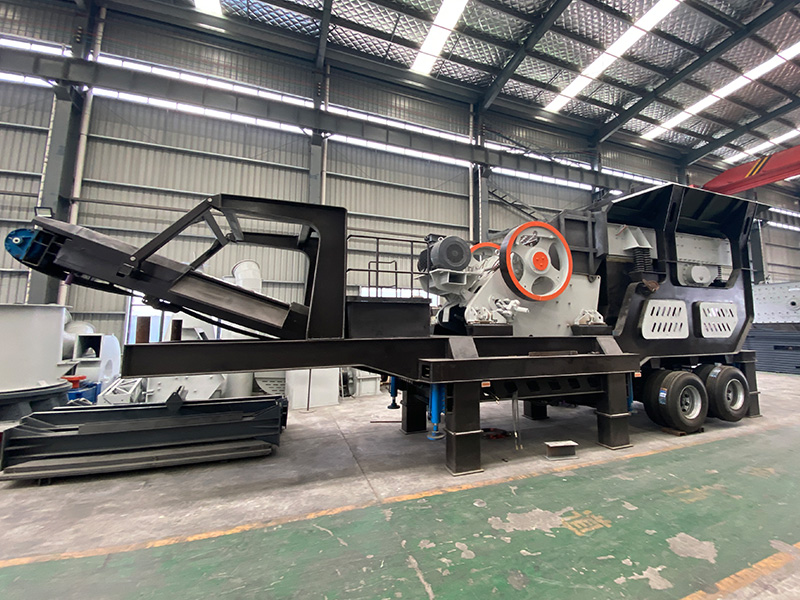
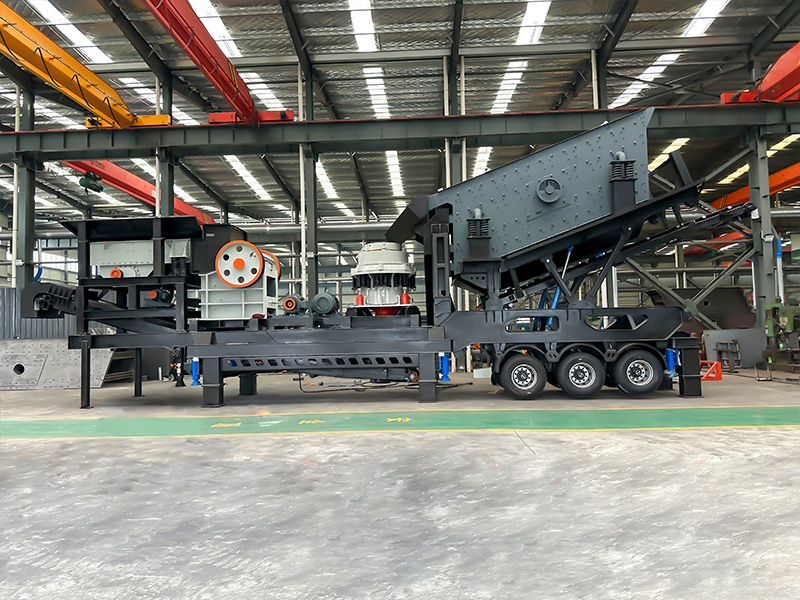
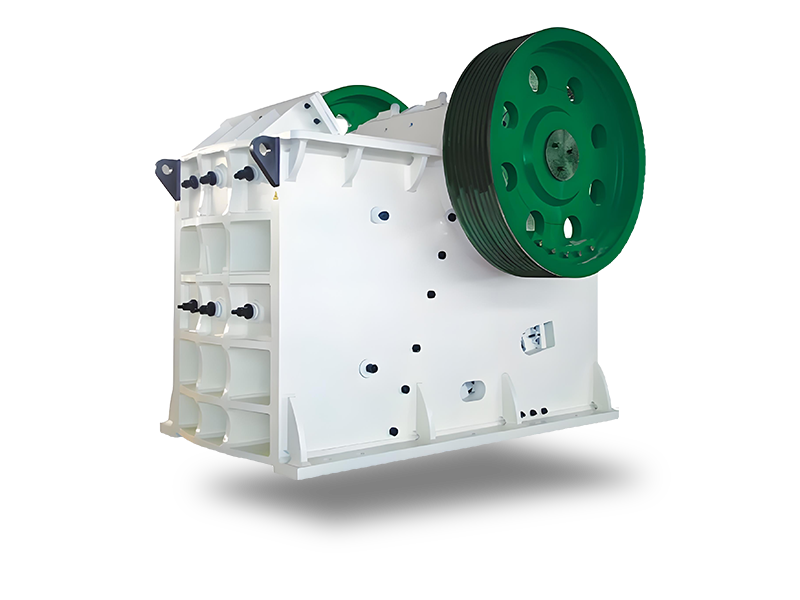
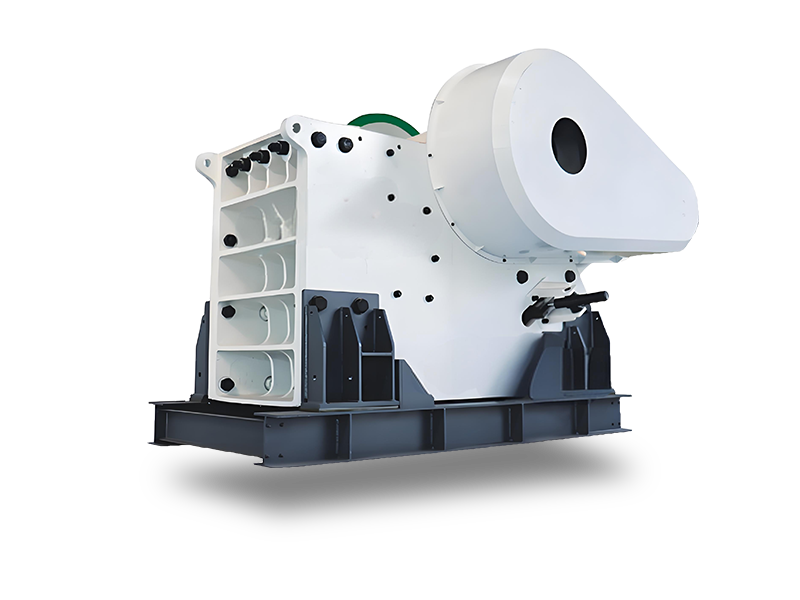

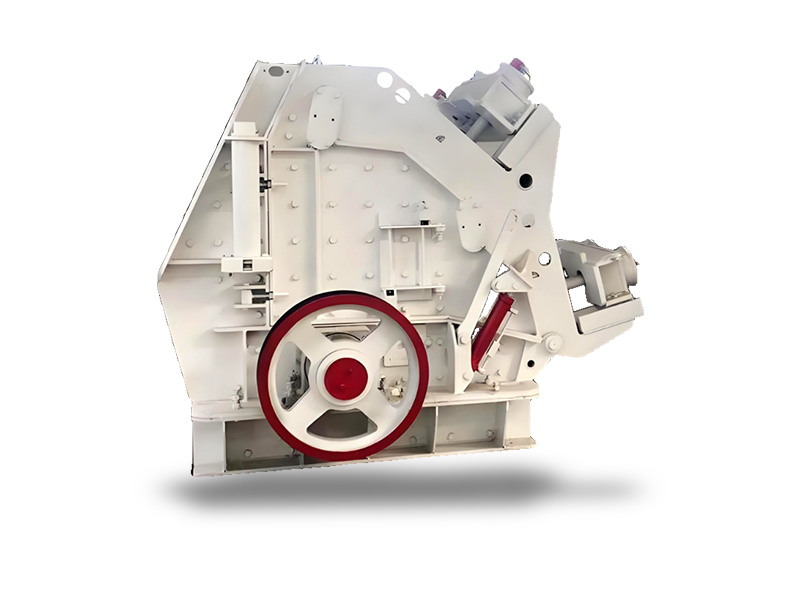
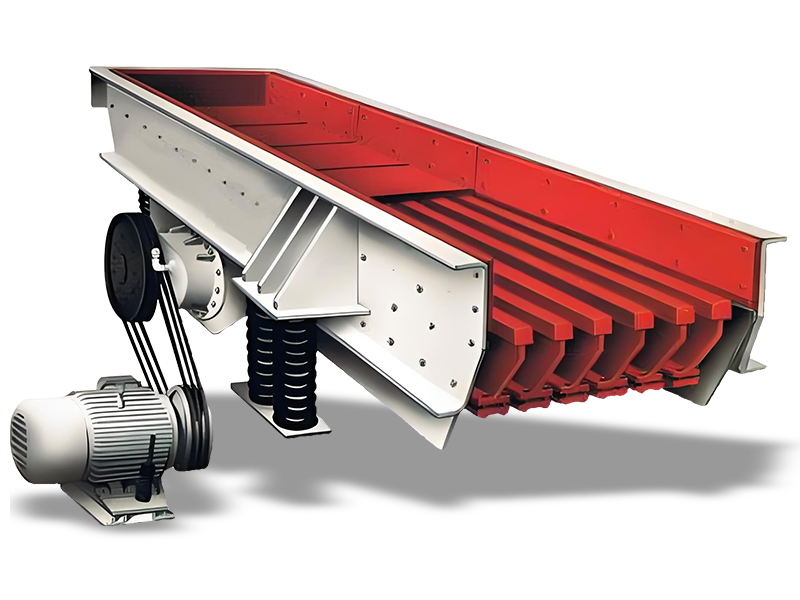
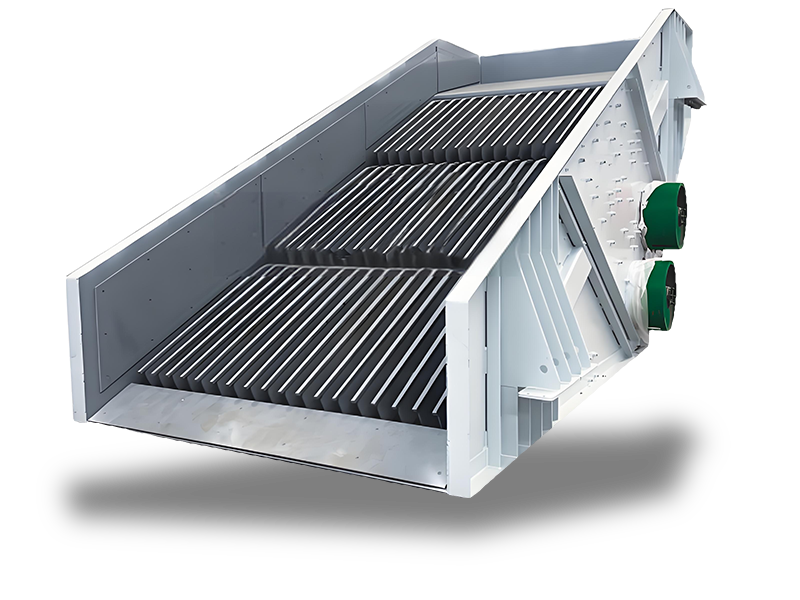
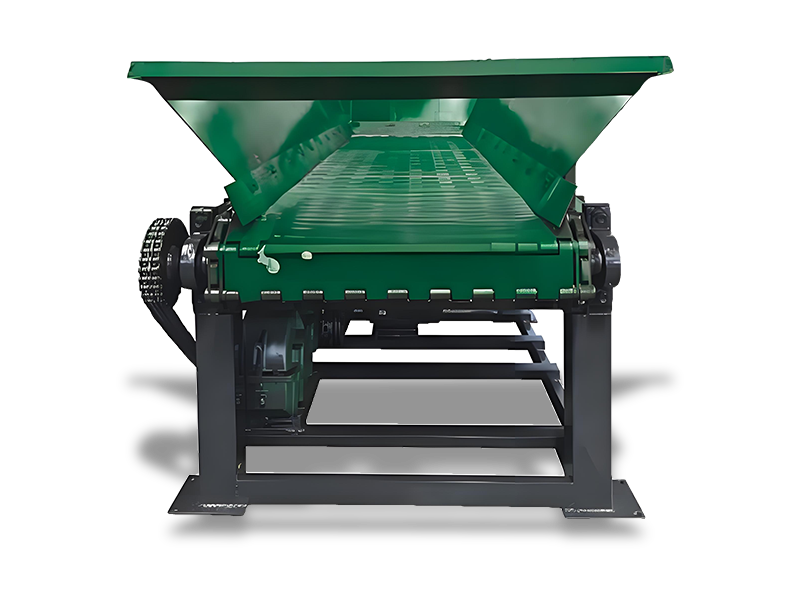
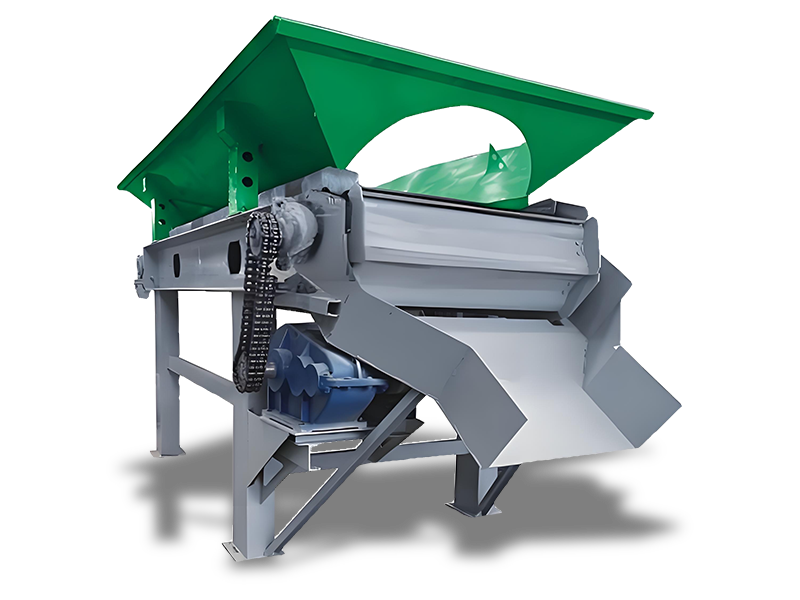
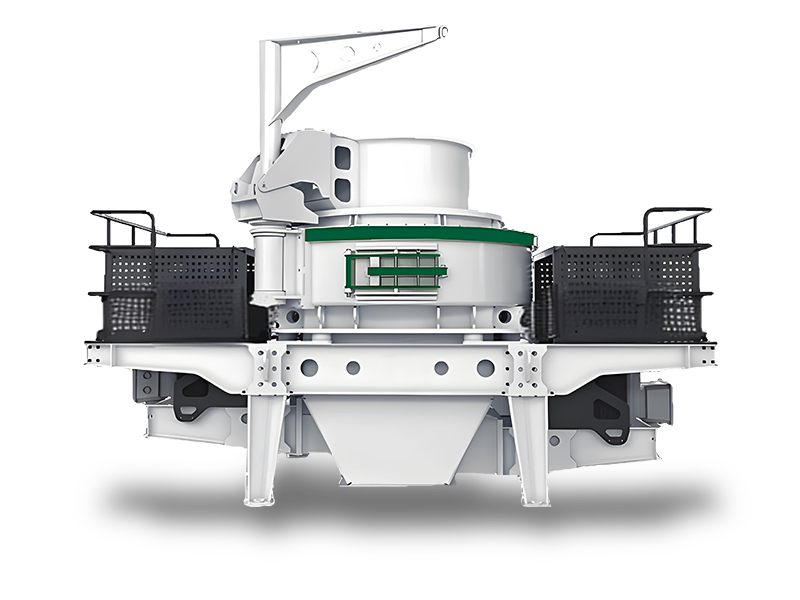
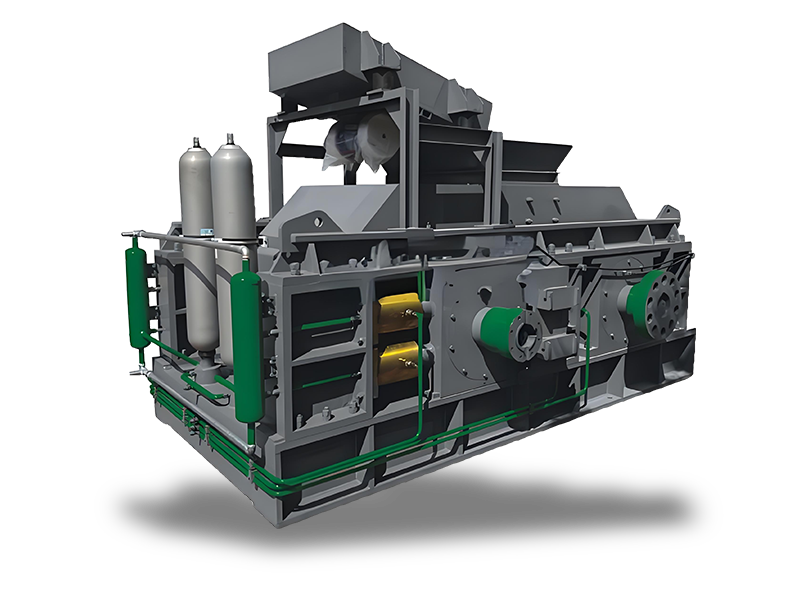
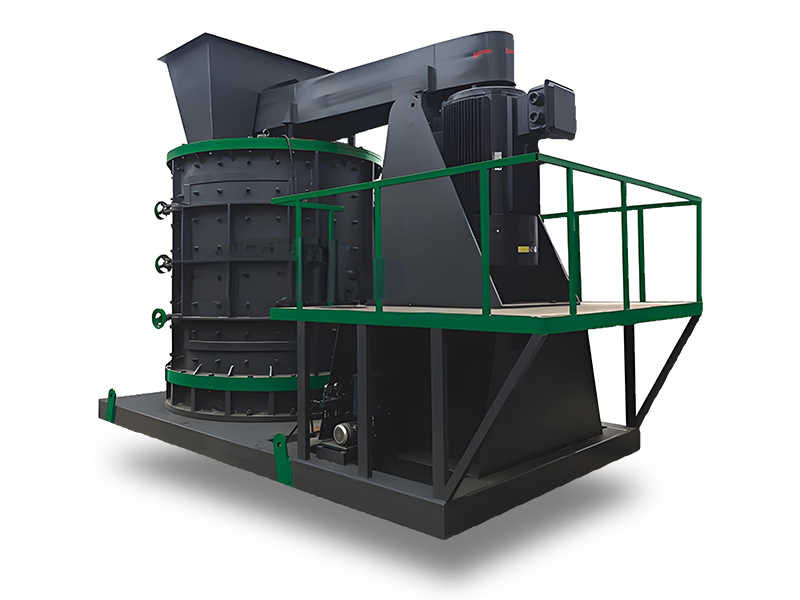
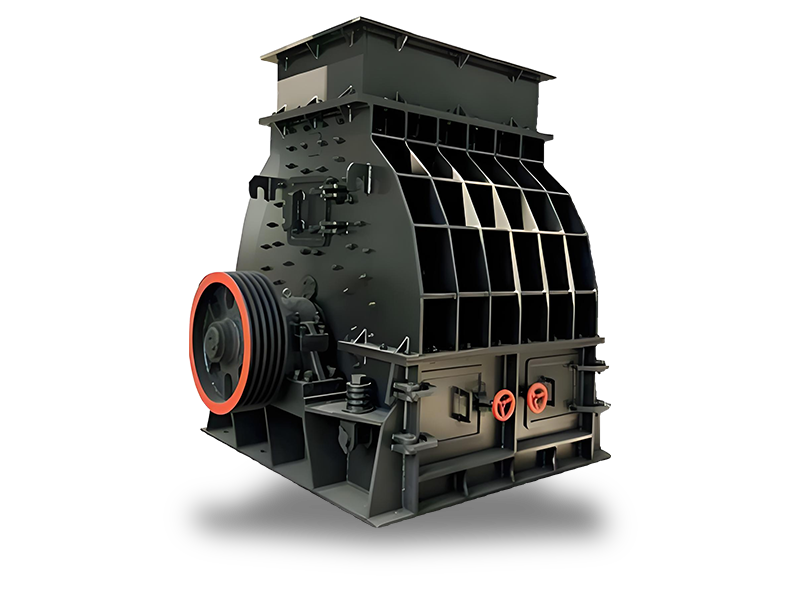
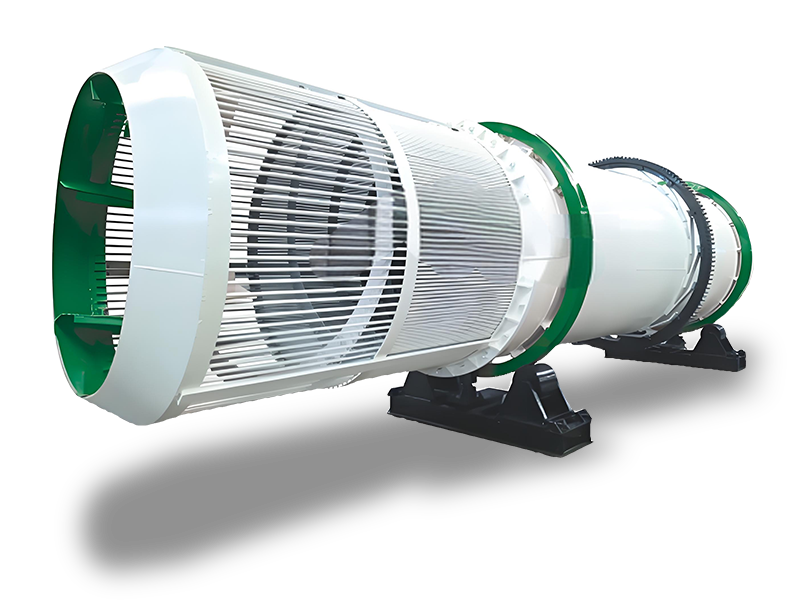
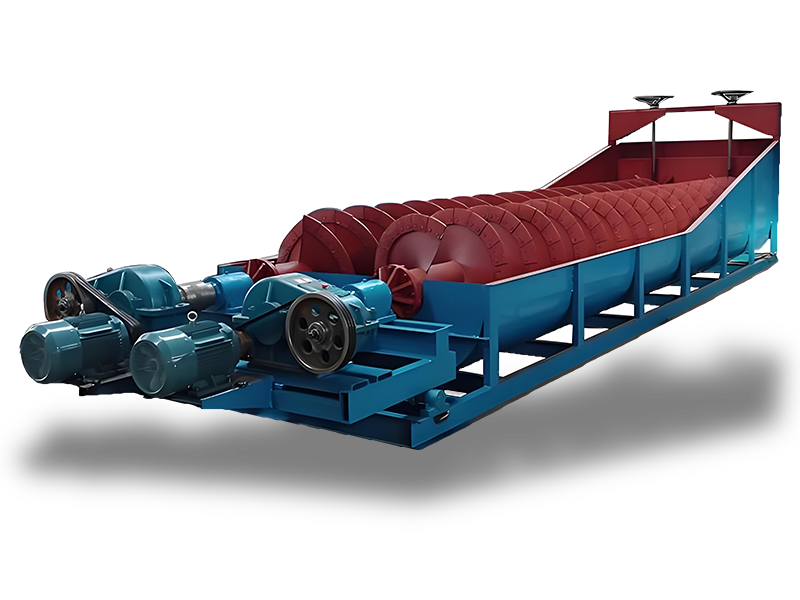
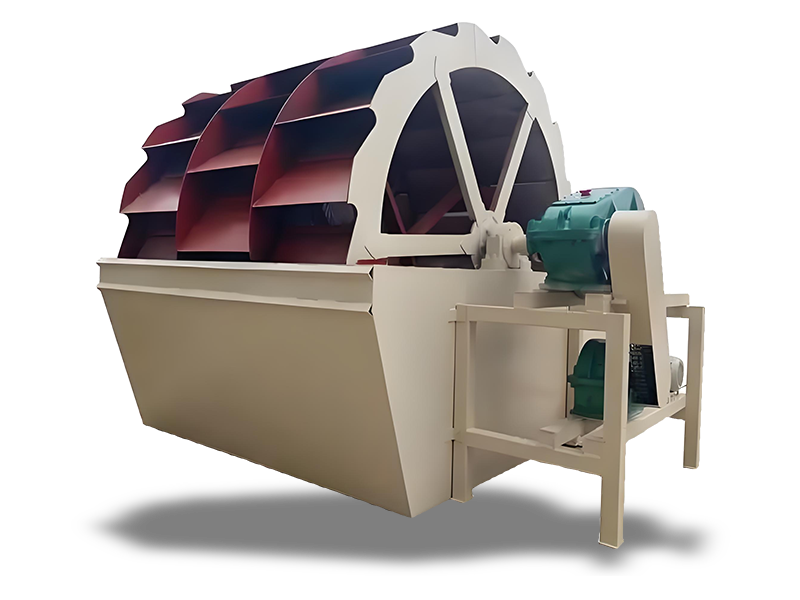
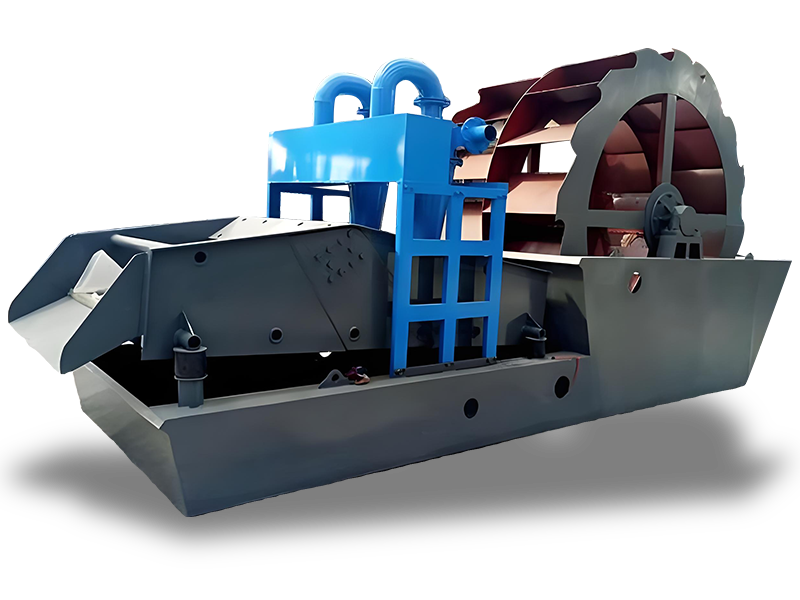
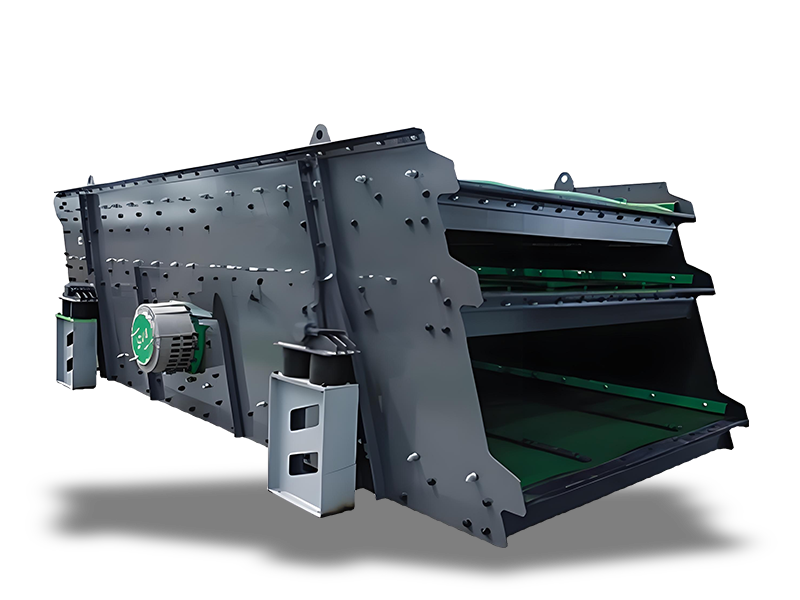
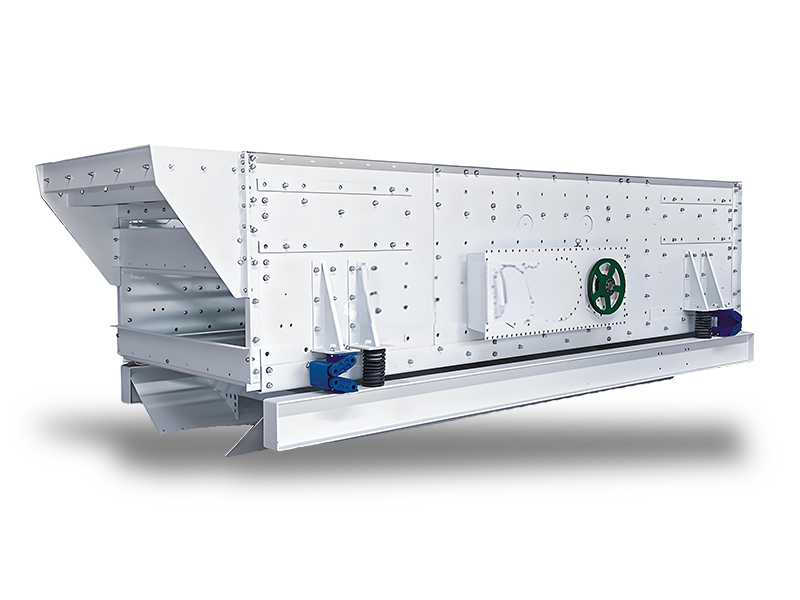
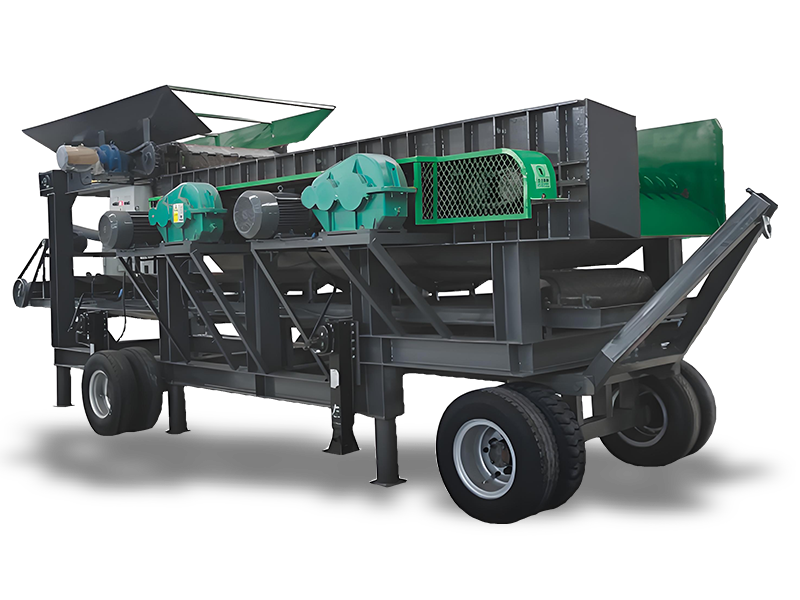
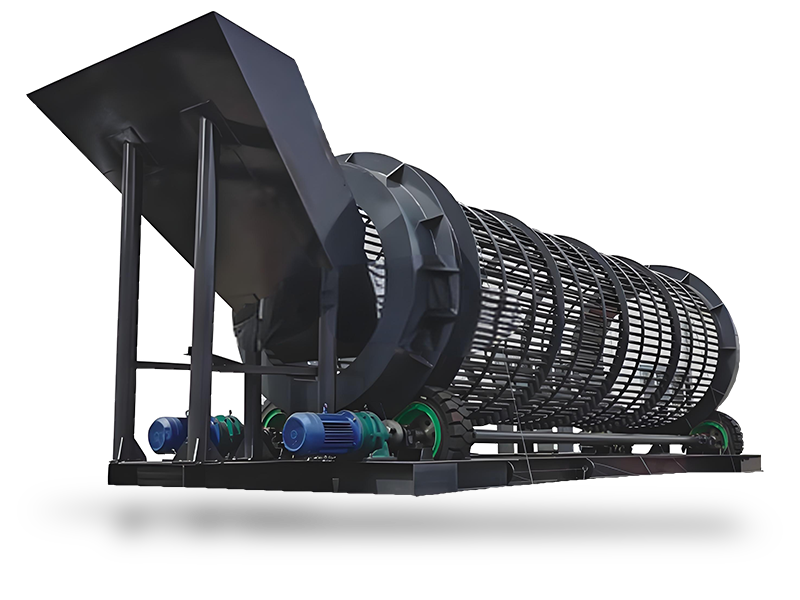
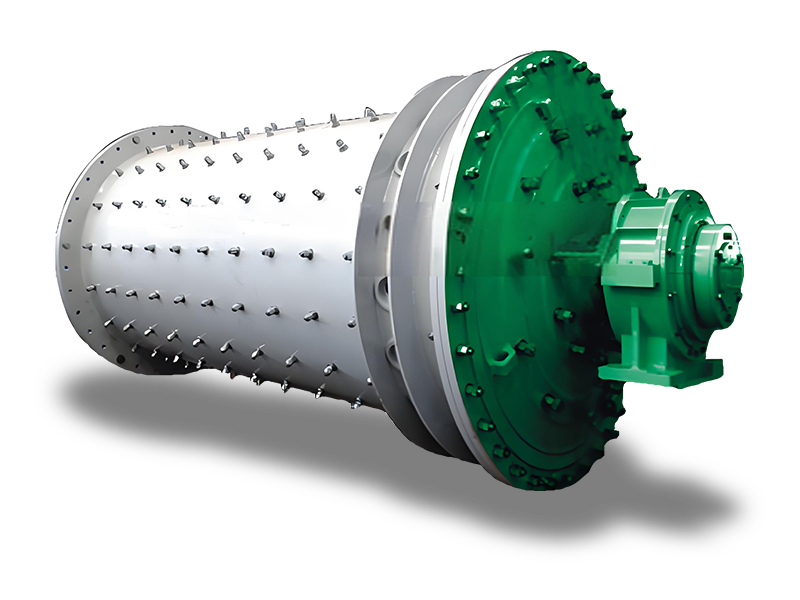
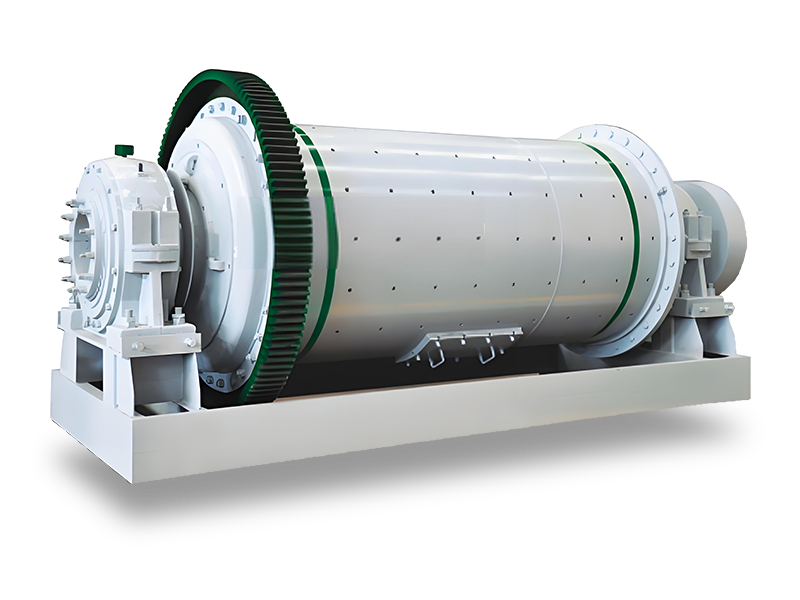

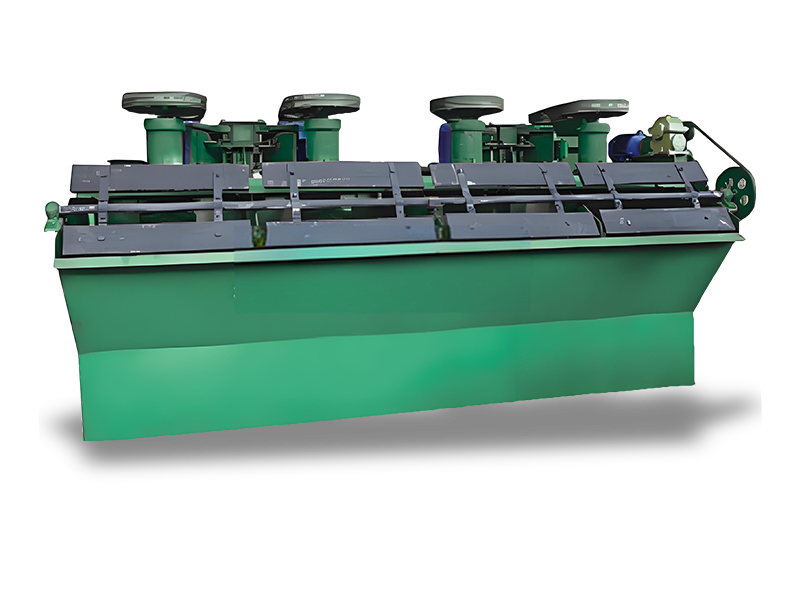
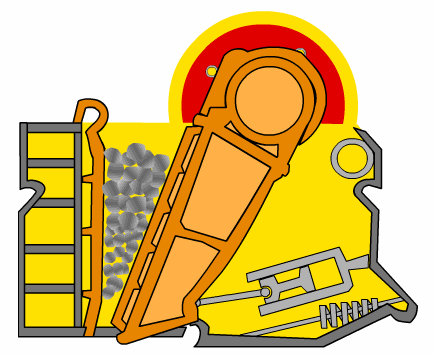

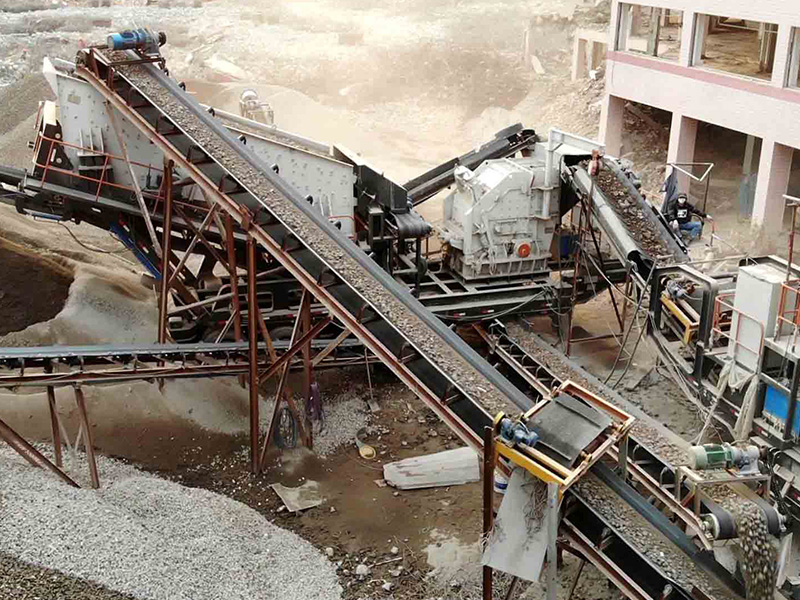



 +8615713843888
+8615713843888
 +8615713843888
+8615713843888